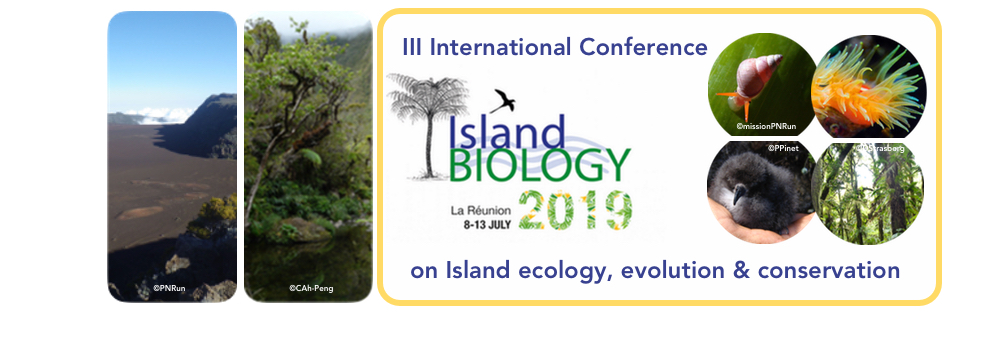The Reunion Cuckooshrike or Tuit-tuit (Lalage newtoni) is an endangered species whose global population is estimated at only 40 breeding pairs (SEOR, 2017). Between 1974 and 2005, monitoring of their numbers showed a drop of almost 25% in the number of singing males on the Roche Écrite massif. In 2006, bird counts carried out by the Réunion Society for Ornithological Studies (SEOR) revealed that the species was on the brink of extinction, with only 11 pairs dispatched in an area of less than 10 km². In 2004, following several predation tests, the Réunion Society for Ornithological Studies (SEOR) identified the rat (Rattus rattus) as being the predator with the highest impact on this species. Since then, rat control compaigns have been implemented to limit the impact of the predator during the breeding season. Since 2004, SEOR, Réunion National Park, and the French National Forestry Agency (ONF) have been testing a streamlined method using "Mini Philproof" rat bait stations and rat bait scattered on both sides of the transects using slingshots. Every year, the population and reproductive success of this species are monitored throughout its distribution range, which allows us to check the efficiency of the different rat control methods used over the past 15 years. Rat control remains the key action to guarantee the future of this species and the new challenge is to continue this operation during the next decade. In 2018, an ambitious and multi-faceted program, called LIFE BIODIV'OM, was initiated to engage massive conservation actions with a translocation project on this critically endangered species and a large program of rat/cat/Red-Whiskered bulbul control with local volunteer mobilization over 10 years time and covering 1500 ha.

|
|
|
|
LIFE BIODIV'OM – An ambitious program (2018 – 2023) for the conservation of a critically endangered forest bird , the Reunion Cuckooshrike
1 : Société d'Etudes Ornithologiques de La Réunion
(SEOR)
* : Corresponding author
13, ruelle des Orchidées, 97440 SAINT ANDRE -
Réunion
|
| Online user: 49 | RSS Feed |

|
 PDF version
PDF version